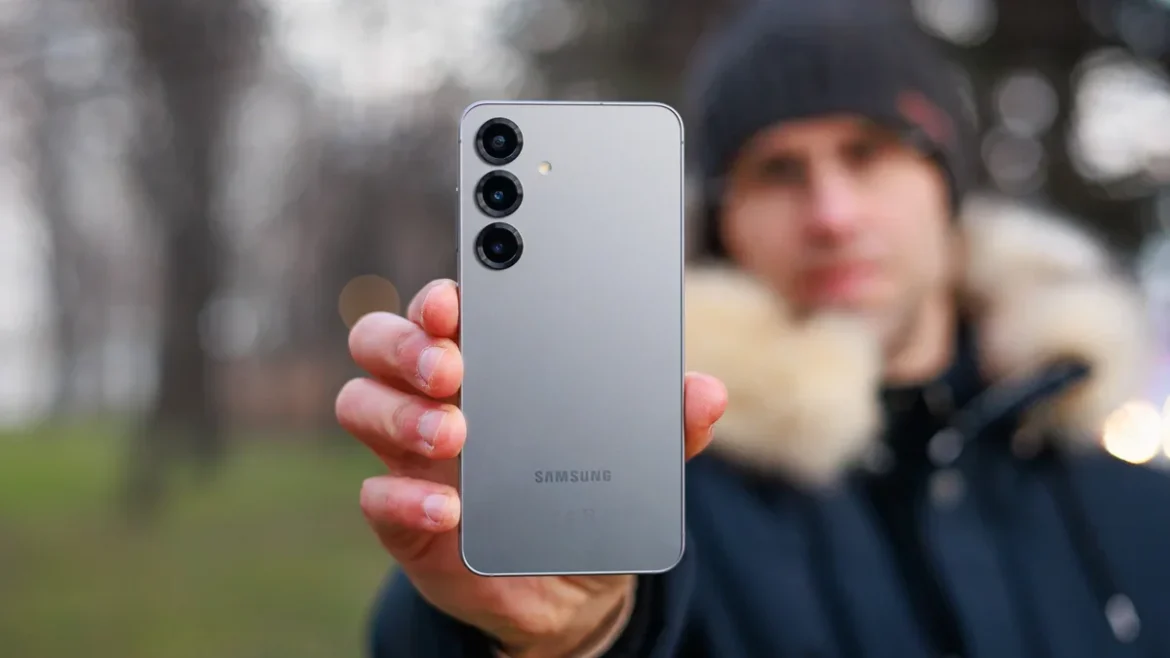There’s a recent study, titled “Compact eye camera with two-third wavelength phase-delay metalens”, and it has introduced a new approach to creating ultra-compact metalenses for eye cameras. The project was carried out through a collaboration between Samsung Electronics and Pohang University of Science and Technology (POSTECH) and has been published in the journal Nature Communications.
Samsung’s team worked on every stage of the process, from concept development to implementation and testing, aiming to demonstrate the potential of advanced photonic technologies while finding new ways to make products stand out in a competitive market.
One of the most notable outcomes of the study is the potential to make extended reality (XR) devices thinner and lighter, as well as to reduce the height of smartphone camera modules, addressing the familiar “camera bump” problem.
That’s great, but there isn’t an urgency for Galaxy phones to get slimmer camera bumps. Maybe this technology would be better suited for something like the Vivo X200 Ultra, since it looks like this:


Image by PhoneArena
Anyway, mtalenses are getting a lot of attention lately. They’re basically ultra-thin lenses that bend and control light using tiny structures on a flat surface, instead of the curved glass you see in regular lenses. This makes them much smaller and lighter.
Until now, making them work well meant they had to delay light by a full wavelength, which required building millions of super tall, skinny structures. These were tricky to make, easy to break, and not ideal for mass production.
The new approach in this research only delays light by two-thirds of a wavelength. That small change keeps the light focused just as well but lets the structures be shorter and sturdier. As a result, they’re easier to produce, less likely to have defects, and cheaper to make.
To showcase the concept, the team created a thin infrared eye camera for XR devices. The camera’s thickness was reduced by 20% compared to traditional versions, from 2.0 mm to 1.6 mm, while still delivering precise pupil tracking and iris recognition over a wide 120-degree field of view.
Impressive, but do Galaxy phones really need flatter camera bumps right now? Let me know in the comments below!
#Galaxy #phone #finally #lose #camera #bump
